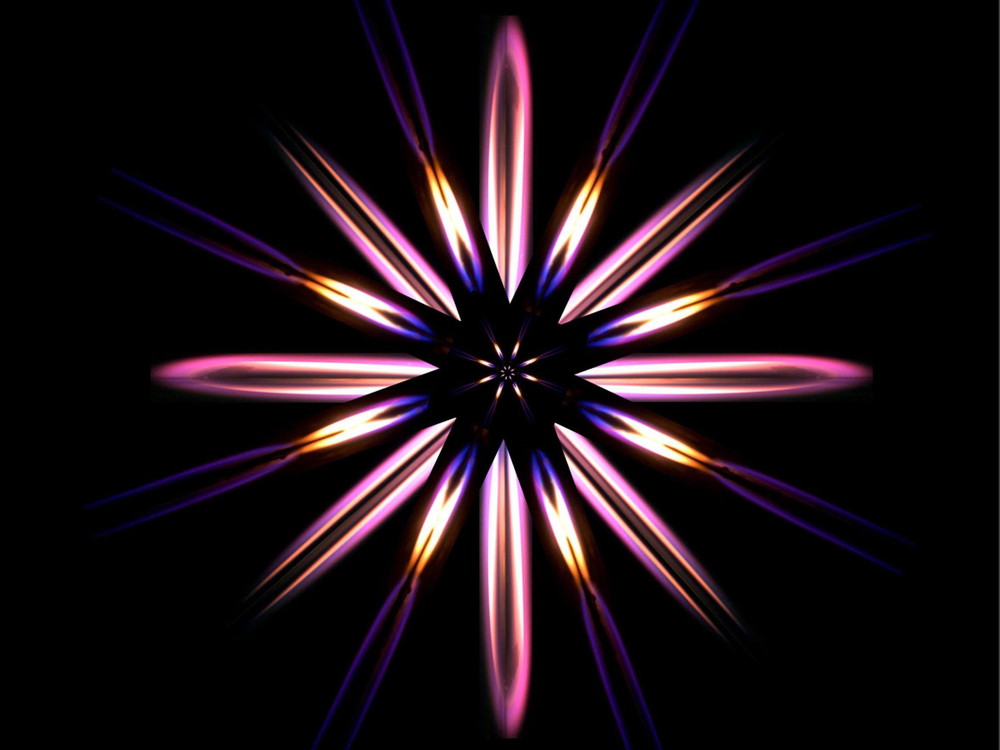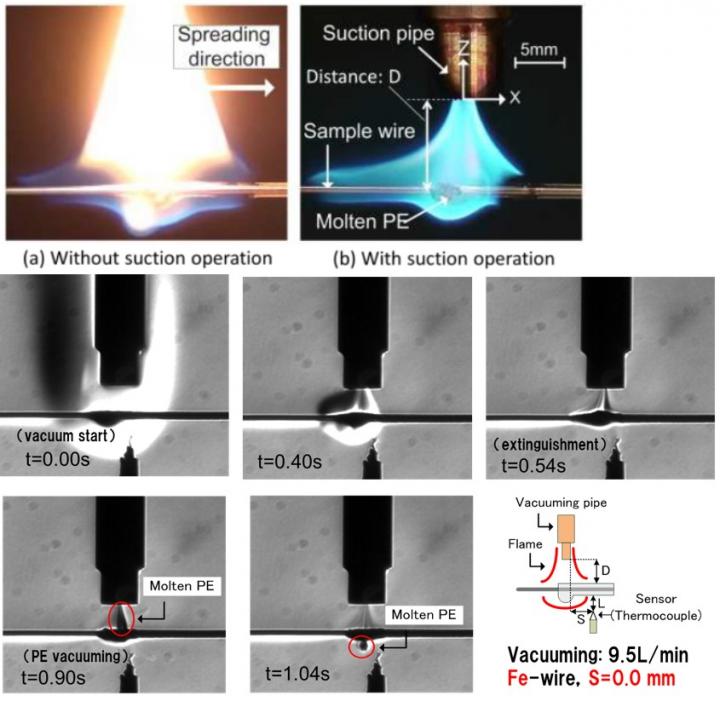
Fire in the Sky: New Space Extinguisher Sucks in Flames Instead of Smothering Them

Fire in space is a critical matter; a serious fire on the Mir space station in the 1990s almost caused the crew to evacuate. Complicating matters is that typical fire extinguishers may not be as effective in space, given the weird behavior of fire in microgravity.
Enter a solution: a new fire extinguisher made for space, designed by researchers at the Toyohashi University of Technology in Japan. It's called the Vacuum Extinguish Method, or VEM for short.
A typical fire extinguisher works by spraying carbon dioxide foam, which, if operated properly and quickly, will damp down any flames. In a statement, researchers working on the new extinguisher said this classic design is not an ideal solution for space, for at least two reasons. First, using carbon dioxide in a small space will increase concentration of the toxic gas in the spacecraft. That means astronauts need to quickly don oxygen masks to use it. In a fire, when seconds count, that could be a problem.
Related: Astronauts Relive Their 'Secret Space Escapes' at NY Comic Con

The other issue is what happens when the fire is extinguished by spraying in microgravity. All of the combustion products, as well as the carbon dioxide from the fire extinguisher, float everywhere. Although spacecraft are typically equipped with filters for waste products, it's a time-consuming procedure to clean everything up, the researchers said.
VEM instead sucks the flames into a separate vacuum chamber, along with whatever caused the combustion. The researchers say this process would be helpful for any enclosed environment, including spacecraft and submarines. That's because VEM will "prevent or suppress spreading [of] the harmful combustion products such as fume, particulate matters, [or] toxic gas component across the entire enclosed cabin," researchers said in the statement.
Should the fire continue in the vacuum chamber, it at least gives those at risk a bit more time to follow more typical fire-extinguishing protocols, including donning oxygen masks, the researchers added. Using VEM would also reduce the damage to any air filters from particulate matter generated in the fire.
Get the Space.com Newsletter
Breaking space news, the latest updates on rocket launches, skywatching events and more!
The innovative technology has not been accepted yet for space, added study leader Yuji Nakamura, a professor at Toyohashi. "At present, space agencies are wary to introduce this concept because no such device was developed and tested by them," he said in the statement.
"It is understandable that their decision-making is frequently based on safety so that older technologies — which are well-distributed and reassuring — are approved," he added. "However, it does not mean that the new concept has no possibility of being considered … We will continue to refine and present the concept."
A paper based on the research was published online April 16 in a special issue of the journal Fire Technology.
- Fire Burns Differently in Space
- Watch NASA's Fire-in-Space Experiments Ignite in a Blazing Success
- Weightless Flames: How Fires Burn in Space
Follow Elizabeth Howell on Twitter @howellspace. Follow us on Twitter @Spacedotcom and on Facebook.
Join our Space Forums to keep talking space on the latest missions, night sky and more! And if you have a news tip, correction or comment, let us know at: community@space.com.

Elizabeth Howell (she/her), Ph.D., was a staff writer in the spaceflight channel between 2022 and 2024 specializing in Canadian space news. She was contributing writer for Space.com for 10 years from 2012 to 2024. Elizabeth's reporting includes multiple exclusives with the White House, leading world coverage about a lost-and-found space tomato on the International Space Station, witnessing five human spaceflight launches on two continents, flying parabolic, working inside a spacesuit, and participating in a simulated Mars mission. Her latest book, "Why Am I Taller?" (ECW Press, 2022) is co-written with astronaut Dave Williams.
